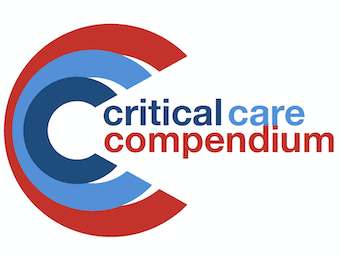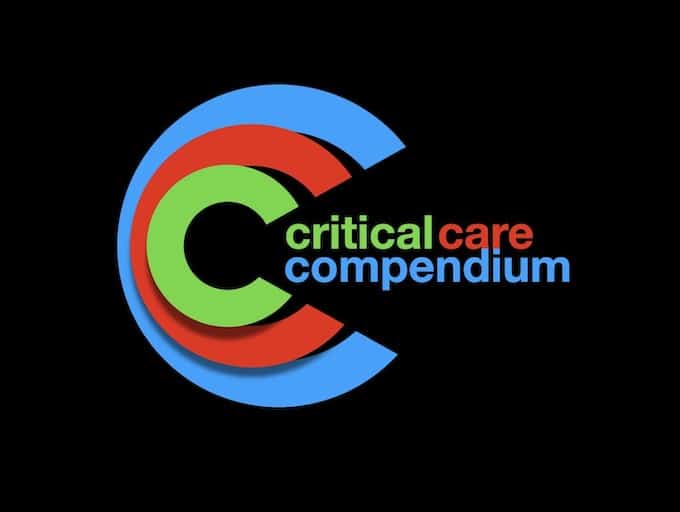
Transfusion Literature Summaries
Transfusion Literature Summaries

Transfusion Literature Summaries

Indications for plain AXR differ depending on the availability of CT or USS, which give considerably more information. Abdominal X-rays are only useful for certain defined pathology such as abnormal ‘gases, masses, bones and stones’.

Vasopressin: bioactive neuroendocrine nonapeptide; endogenously produced by the magnocellular neurone cell bodies of the paraventricular and supraoptic nuclei of the posterior hypothalamus

New oral anticoagulants (NOACs) are recently introduced medications that provide anticoagulation via the oral route by inhibiting specific clotting factors

Hypermagnesaemia: Serum Mg above normal range of 1.3-2.2 mEq/L; Rare and usually iatrogenic; ↑Magnesium is closely associated with ↑K and ↓Ca

Haemoptysis is the symptom of coughing up blood. Massive haemoptysis is life-threatening emergency - patients do not usually bleed to death, they asphyxiate

Spontaneous – primary (no disease) and secondary (underlying lung disease)
Traumatic - non-iatrogenic and iatrogenic (barotrauma and procedure related)

Routine Daily Chest X-ray: controversial issue; viewed as an essential tool but is subject to overuse and misinterpretation; no evidence of harm from a more restrictive strategy

Sleep is a naturally occurring periodic, reversible state of cognitive and sensory disengagement from the external environment, from which a person can be aroused by sensory stimulation

Pregnancy results in increased susceptibility to endotoxin, metabolic acidosis and cardiovascular collapse

GI haemorrhage is divided into upper GI haemorrhage and lower GI haemorrhage based on the underlying cause and differences in the approach to management

CARBON MONOXIDE POISONING Scheinkestel, C.D. et al (1999) “Hyperbaric or normobaric oxygen for acute carbon monoxide poisoning: a randomized controlled clinical trial” Med J Aust, 170:203-210 Weaver, L.K. et al (2002) “Hyperbaric oxygen for acute carbon monoxide poisoning” NEJM 347:1057-1067…